Learn how to design eerie, nostalgic weirdcore aesthetic art with Canva. This step-by-step guide covers essential tools, techniques, and tips for crafting surreal visuals without advanced tech skills.
Weirdcore Aesthetic Art Made Simple with Canva
Weirdcore aesthetic art evokes unease through low-resolution imagery, surreal elements, and cryptic text overlays. Canva, a popular graphic design tool, makes creating this style accessible—even for beginners. This tutorial walks you through the process, from sourcing assets to layering effects and optimizing for SEO.
What Is Weirdcore Aesthetic Art?
Weirdcore is a digital art style rooted in nostalgia and discomfort. Key features include:
- Distorted visuals: Grainy textures, glitches, and warped images.
- Liminal spaces: Empty rooms or transitional places that feel off-putting.
- Cryptic text overlays: Phrases like “you shouldn’t be here” in bold colors.
This aesthetic thrives on imperfection and ambiguity, often resembling early internet graphics or VHS-era visuals.
Why Use Canva for Weirdcore Art?
Canva is a user-friendly design tool that doesn’t require advanced skills or coding knowledge. It’s ideal for creating weirdcore art because:
- Accessible templates: Start with blank canvases or pre-designed layouts.
- Customizable effects: Add filters, textures, and text overlays easily.
- Free version available: Many features are free, with premium options for advanced tools.
Step 1: Gather Weirdcore Assets
Before diving into Canva, collect images that align with the weirdcore aesthetic. Search for liminal spaces like empty hallways or parking lots. Canva has a stock image gallery that you can gather assets. You can also check Unsplash or Pexels.
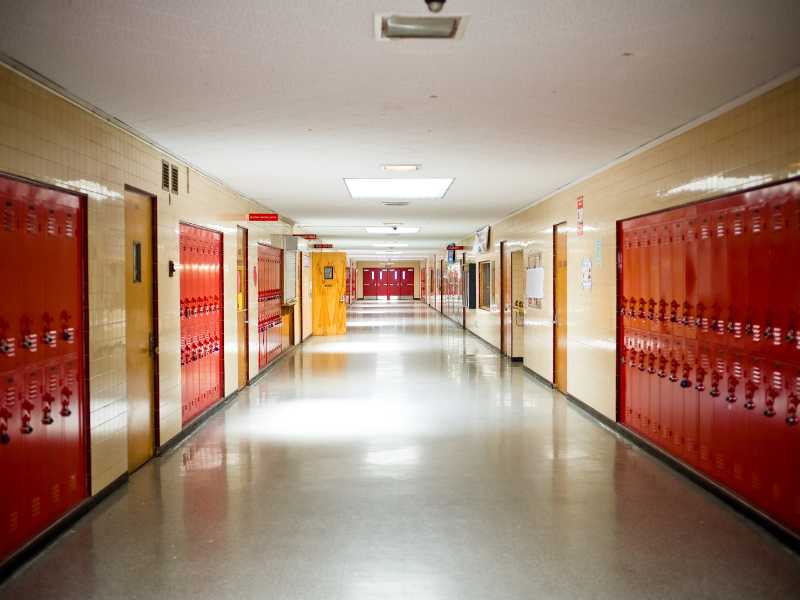
Step 2: Set Up Your Canva Workspace
- Create a new project: Open Canva and select Custom Dimensions. Start with something like 800×600 pixels or 1080×1080 pixels for social media-friendly designs.
- Upload assets: Import your assets into Canva’s Uploads section.
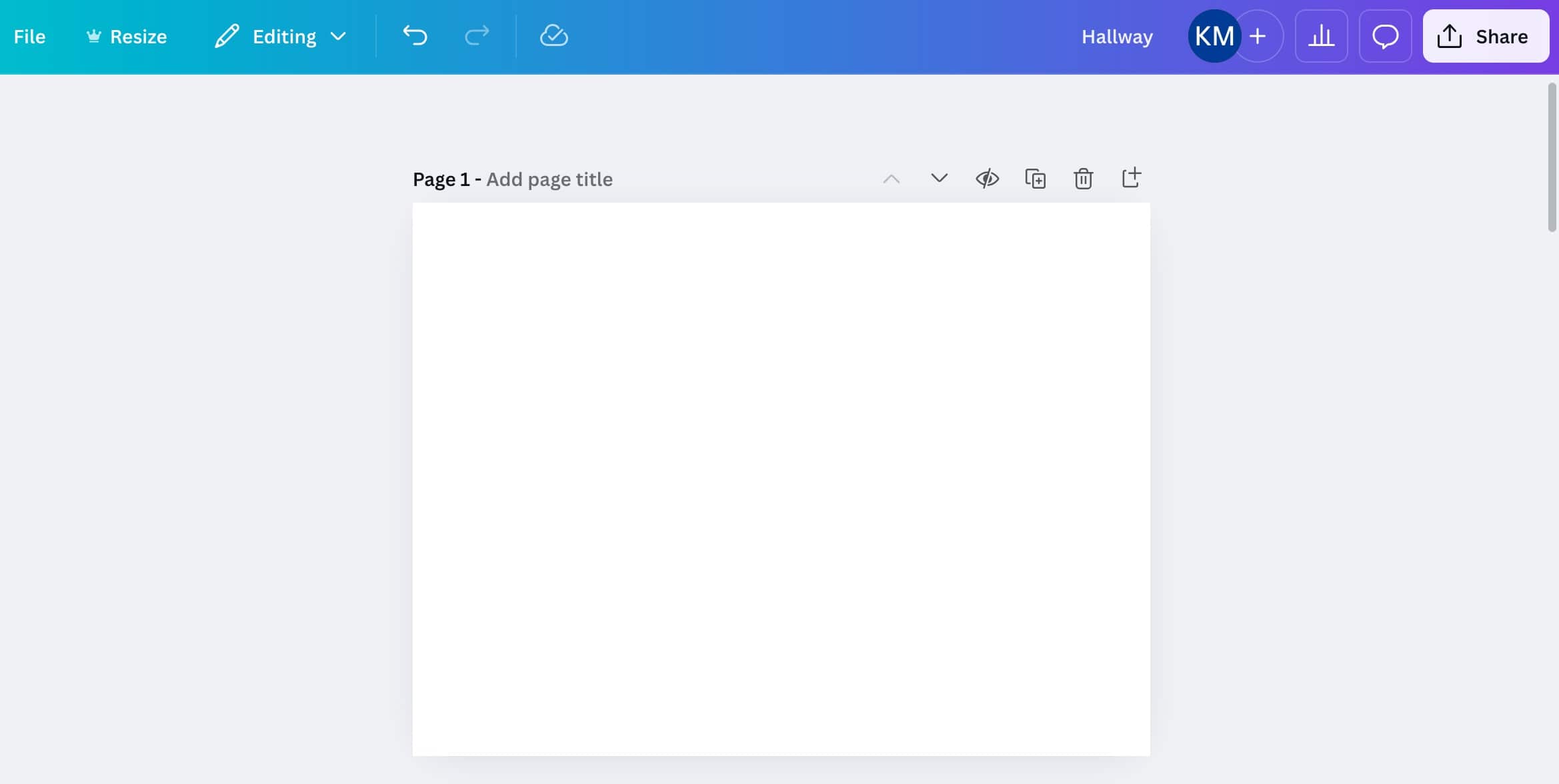
Step 3: Design Your Weirdcore Background
- Choose a base image: Drag your selected background image (e.g., an empty hallway) onto the canvas. Resize as needed to fill the space.
- To make a photo look low-resolution in Canva and mimic early internet graphics, you can apply different effects and techniques:
- Click the “Edit” button to apply effects

- Click the “Adjust” tool:
- Lower saturation to -20
- Increase contrast to 50
- Click “Filters” and apply the following:
- Vignette: 30
- Vintage: Vinto
- Clicks “Apps” and apply:
- BadTv – Retro
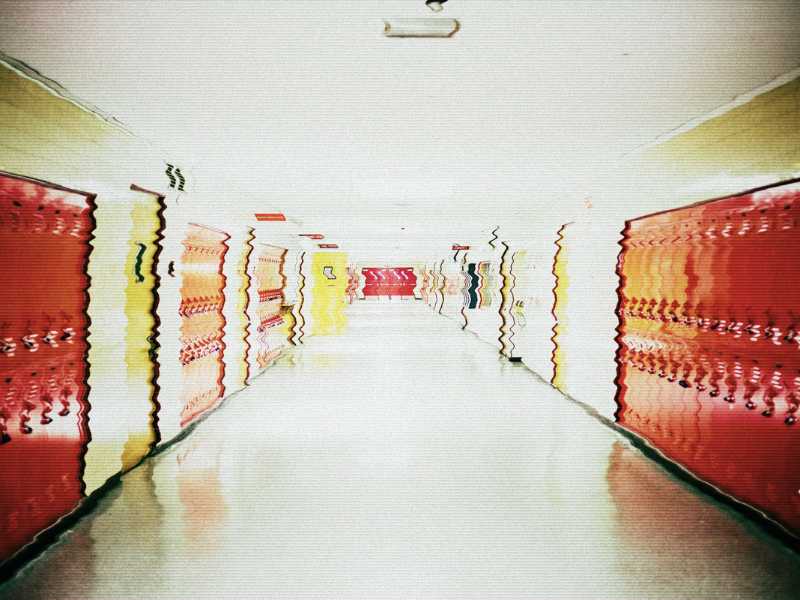
- Add JPEG artifacts: Export your image from Canva as a low-quality JPEG – set the download quality to something like “20” out of a scale of 100.
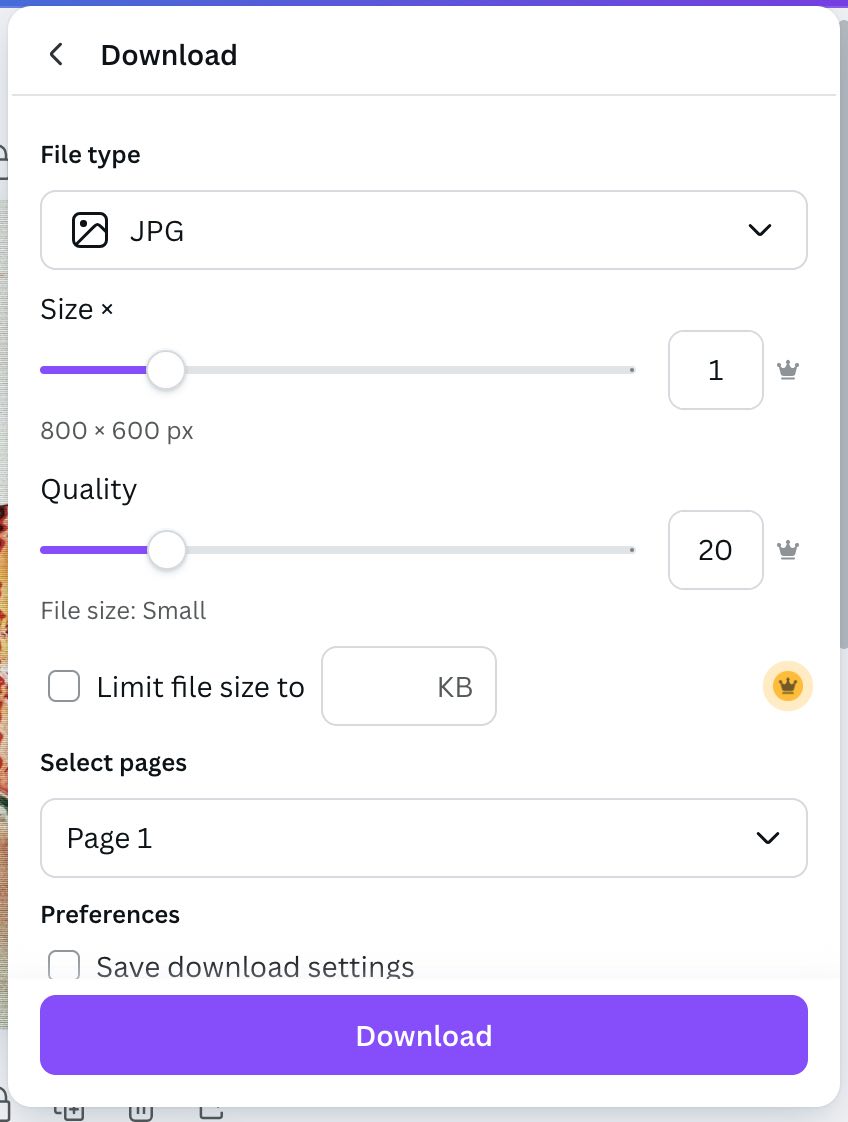
- If necessary, re-import the image into Canva and repeat the process a few times to further degrade the quality and increase visible compression artifacts.
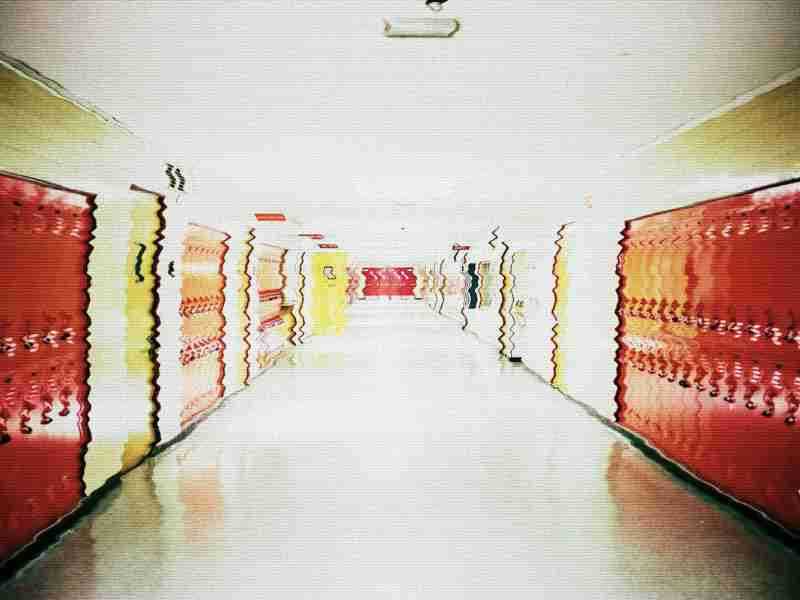
- Use retro filters:
- Experiment with Canva’s built-in filters to find ones that give a vintage or low-fi look. In this example we use the “Outrun” filter.
- Stick to high-contrast color palette combinations (e.g., neon green with black) or muted tones (e.g., faded pinks).
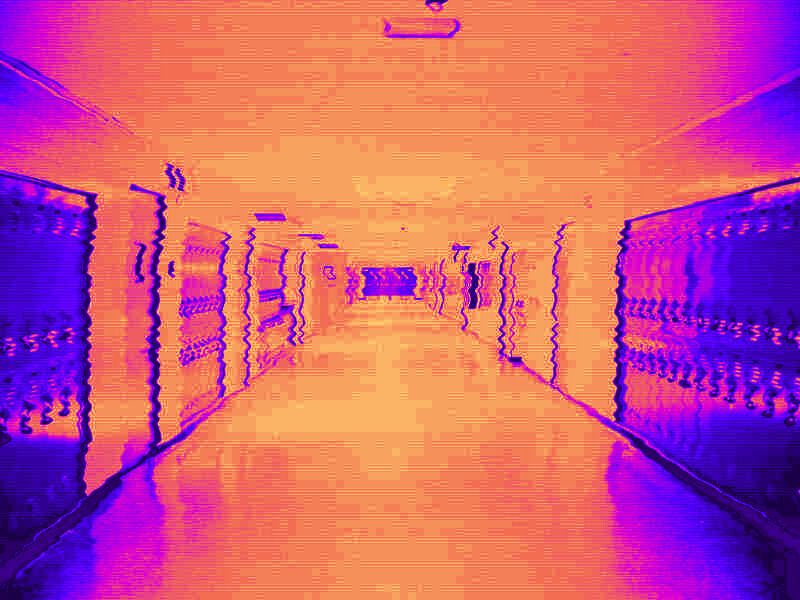
- Add Textures and Overlays from Canva “Effects”:
- Add horizontal lines
- Add grainy patterns
- Overlay them on your image at reduce the opacity
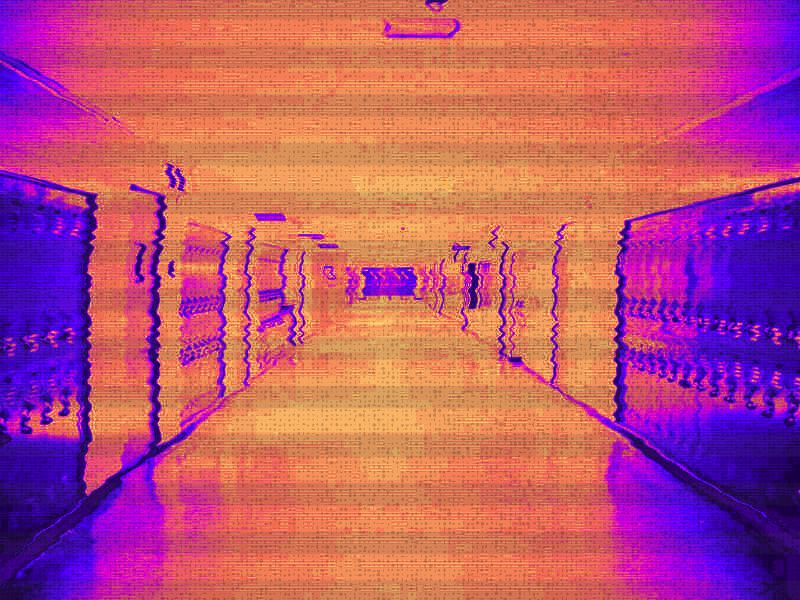
Step 4: Add Cryptic Text Overlays
- Insert text template: Use Canva’s preset Text designs to add captions like “game over”.
- In this example, we selected the “Spectre” font. Center text or position it slightly off-kilter for a disjointed effect.
- Distort text alignment: Experiment with letter spacing and rotation angles to enhance unease.
Step 5: Incorporate Surreal Elements
Weirdcore thrives on surrealism. Use Canva’s Elements tool to insert random objects (e.g., clocks or eyes). Resize them disproportionately for an unsettling look.
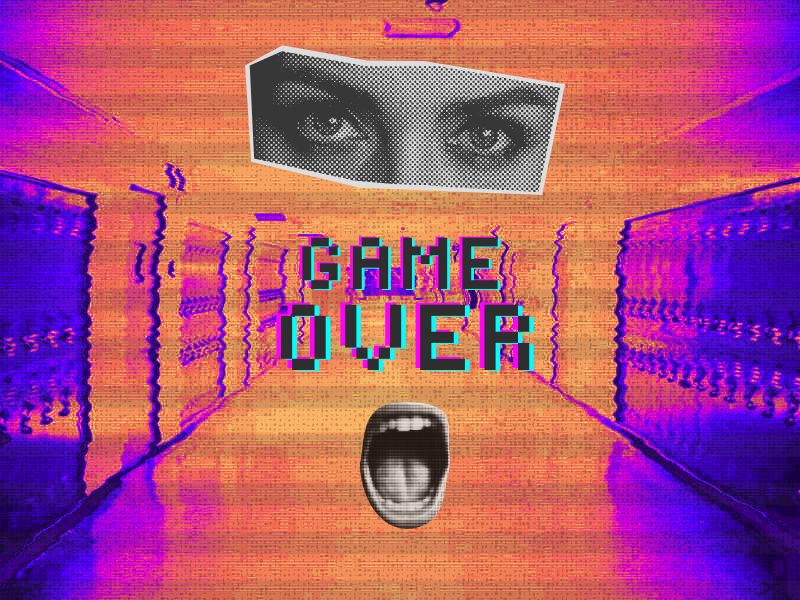
Step 6: Finalize Your Design with Imperfections
Weirdcore art should feel raw and unfinished—here’s how to achieve that in Canva:
- Lower resolution manually: Export your image at a smaller size (e.g., 800×800 pixels) to mimic early internet compression artifacts.
- Add noise effects: Use grainy textures at low opacity across the entire canvas for a vintage feel.
Can You Create Authentic Weirdcore Art Without Advanced Tools?
Yes—but there are limitations when using Canva versus more advanced software like Photoshop or GIMP:
| Feature Comparison | Canva | Advanced Tools (Photoshop) |
|---|---|---|
| Glitch effects | Limited | Highly customizable |
| Text distortions | Basic | Advanced warp tools |
| Resolution control | Manual | Automated settings |
While Canva simplifies the process, it may lack precision for highly detailed weirdcore designs—especially those requiring intricate distortions or dynamic glitch effects.
Frequently Asked Questions
Is weirdcore art supposed to be scary?
Not necessarily—it’s more about unease and quirkiness than horror.
Can I use Canva’s free version for weirdcore art?
Yes! Most features needed for weirdcore designs are available in the free version.
How do I make glitch effects in Canva?
Layer objects slightly offset from each other in different colors (red/blue/green) to mimic glitches.
Can I sell weirdcore art made in Canva?
Yes, but ensure you’re not violating copyright by using licensed assets.
Final Thoughts
Weirdcore aesthetic art doesn’t require expensive tools or advanced skills—Canva provides an accessible way to experiment with this nostalgic yet unsettling style. By layering surreal elements, cryptic text overlays, and imperfections into your designs, you can create compelling visuals that resonate with niche audiences online.
While Canva has limitations compared to professional software, its simplicity makes it ideal for beginners exploring weirdcore aesthetics without diving into complex AI technology or coding tools.
Explore Fantasy Art AI Generator Tools: